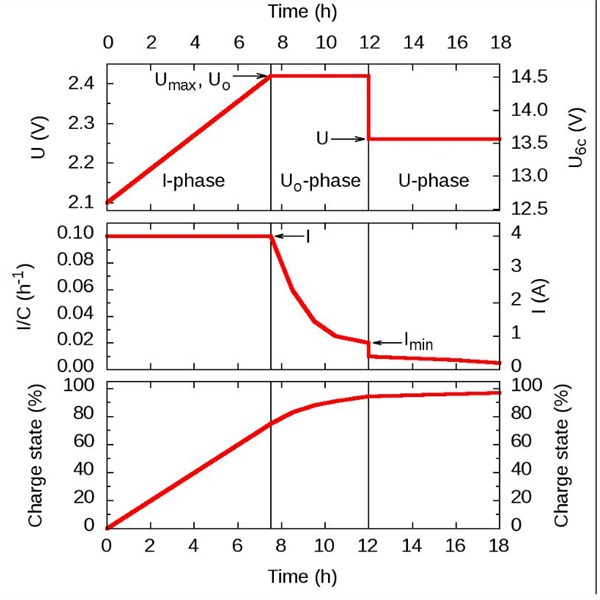Saturday, Nov 17, 2018 at 22:57
HKB
"If you already have a battery that requires absorption at 15.4V to fully charge it"
"The above statement is incorrect, just about every charger on the market only charge to from around 80% SOC to 95% SOC during the absorption stage , the battery is brought up to a 100% SOC during the float stage at around 13.5V-13.8V for most chargers. You do not need 15.4V to fully charge the battery."
"If you already have a battery that requires absorption at 15.4V to fully charge it" is not a statement. It is a conditional phrase that says nothing by itself. You've completely missed the point of the whole sentence that it was part of and built a fallacious argument around an out-of-context partial quote. The key word is "IF".
With respect, you need to do some research. Your description of how multi stage chargers work is simply wrong, quite wrong.
Some chargers may have more than the three basic stages - eg Ctek with a preliminary desulphation stage and a fifth pulsed stage.
But most multi stage lead-acid DC-DC chargers use three basic stages. The first charges at constant current (max for the unit or whatever is the programmed max in programmable types) until the absorption voltage setpoint is reached. This is the BULK stage (not absorption). It gets the battery to about 80% SOC. The target absorption voltage, often referred to as the maximum voltage (Garrycol, please note), is typically in the range of 14.1 to 14.4 but some may fall outside this range. As I said earlier, I had one that was 15.5.
The charger then holds the battery at that voltage while the current gradually reduces. THIS is the Absorption stage, where the battery gets the remaining 20% or so of charge, NOT the initial 80%.
When the current falls in the absorption phase to a pre-determined (or perhaps programmable) figure, or after a set time, the charger enters Float stage. Float is a maintenance stage for maintaining a battery that is fully charged by the preceding two stages. Garrycol, again, please note.
The above can be found in any reference material.
Link Link Link
(The last link uses different terminology for the stages, but they are the same)
A similar description, or a diagram similar to the one below can also be found in the user manual of most DC-DC chargers, including the Redarc products, the Ctek and Enerdrive's DC2DC that have been mentioned in this discussion.
I mentioned the product you manufacture because in Followup 7 above you wrote
"If we look at the Redarc they claim charging algorithms to suit specific chemistries, when you read the manual this becomes you can select the maximum charge voltage at 14.6, 15V or 15.4V doesn't sound like any amazing charge algorithm to me."
The way you have written it, whether you meant it or not, clearly says that you think Redarc's chargers are nothing more than simple voltage step-up devices, in which case a rhetorical comparison between your device which does just that and the much more expensive Redarc is not inappropriate.
garrycol
This followup is in response to you also.
Here's a graph from Wikipaedia (one of the above links) of three stage charging and effect on SOC.

3 stage charging and SOC
FollowupID:
894954